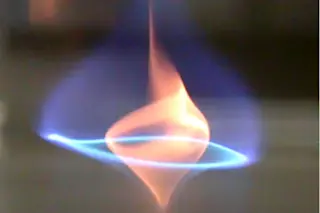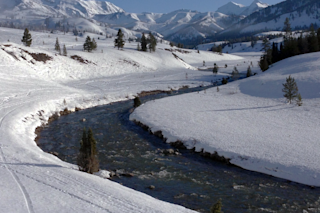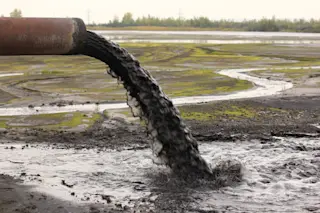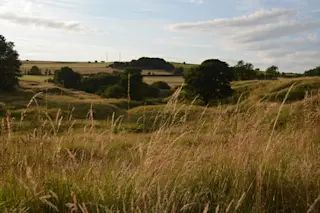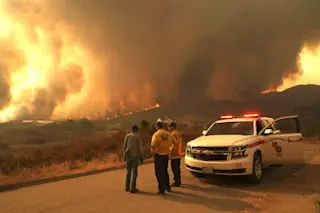The best way to clean up an oceanic oil spill might be to light a fire tornado on top of it. That's the conclusion drawn by researchers from the University of Maryland, who found that, under controlled conditions, a fire whirl was the most efficient way to burn hydrocarbon fuel.
That could come in handy the next time an oil slick, like 2011's Deepwater Horizon spill, occurs. Simply burning the slick off has been proposed as a method for dealing with the oil, releasing tons of environmentally-damaging compounds into the air. With a cleaner flame, however, the slick could be cleaned up more responsibly. These fire whirls could also potentially be used in combustion power plants as a way to generate power with less waste.
"Fire whirls are more efficient than other forms of combustion because they produce drastically increased heating to the surface of fuels, allowing them to burn ...


